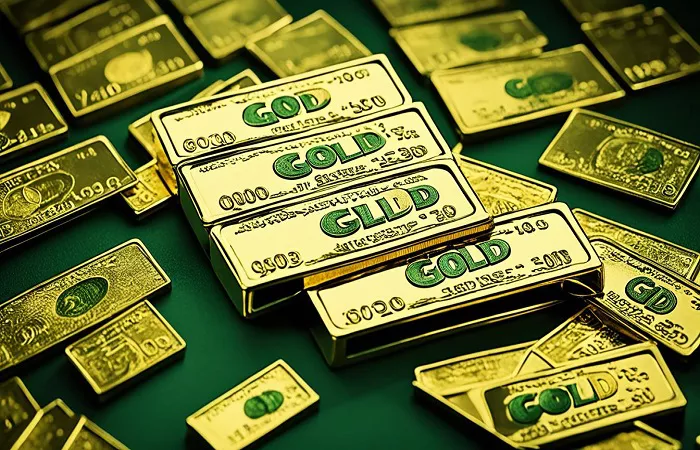Gold prices have seen notable volatility in recent weeks, influenced by escalating geopolitical tensions in the Middle East and shifting expectations around U.S. economic policy. The dual impact of rising conflict between Israel and Iran and evolving economic indicators from the United States has left investors divided over the metal’s short-term trajectory.
Geopolitical Unrest Fuels Safe-Haven Demand
Heightened conflict between Israel and Iran has been a primary driver behind the recent surge in gold demand. Israeli airstrikes on Iranian nuclear and energy infrastructure, followed by retaliatory actions from Tehran, have escalated regional instability. This geopolitical friction has renewed investor appetite for safe-haven assets, pushing gold prices to new highs—including a historic domestic milestone in India, where prices crossed the ₹1 lakh per 10 grams threshold for the first time.
The broader global market has reacted accordingly, with gold prices climbing as investors seek protection against potential economic fallout. Market watchers continue to assess the evolving situation, acknowledging that any further escalation could fuel additional gains in the precious metal.
Mixed Economic Data Adds to Uncertainty
While geopolitical risk has underpinned much of gold’s recent strength, economic data from the U.S. has complicated the outlook. Hopes for improved U.S.-China trade relations and robust American job growth initially weighed on gold demand. However, those pressures were partially offset by cooling inflation, as reflected in a softer-than-expected Consumer Price Index (CPI) reading.
The interplay between these mixed signals has cast doubt on the Federal Reserve’s next moves. Current market expectations, reflected in CME FedWatch Tool data, suggest a 68% probability of an interest rate cut by September. Lower rates typically benefit gold by reducing the opportunity cost of holding non-yielding assets.
June Outlook: Market Awaits Clarity
With the gold market balancing geopolitical instability against shifting economic fundamentals, analysts caution that price movements in June could remain erratic. If tensions in the Middle East intensify or if the Federal Reserve signals a dovish pivot in the upcoming Federal Open Market Committee (FOMC) meetings, gold prices could extend their recent rally. Conversely, sustained improvements in economic data or de-escalation of global conflict may curb demand.
For now, gold remains caught between competing forces—offering investors both opportunity and risk as they navigate an increasingly uncertain landscape.
Related topics:
- India Surpasses China in Gold Purchases, Buying 51% More in Three Months
- Qilu Bank Enhances Support for Small Businesses with Innovative Financial Tools
- Bitcoin Poised for a Surge Amid Gold’s Delivery Delays, Expert Claims


